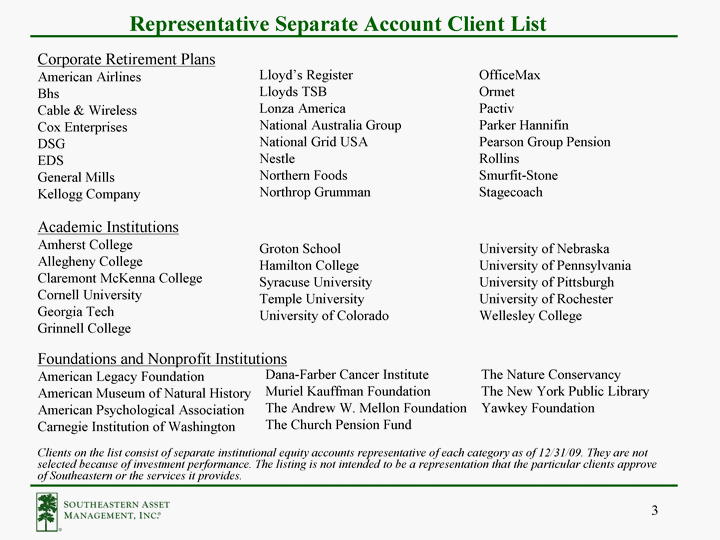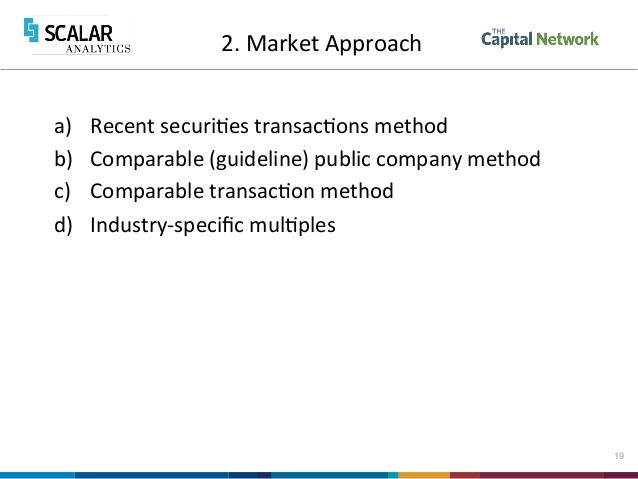Equity Valuation The Comparables Approach_2
Post on: 7 Май, 2015 No Comment

Before 1983 and the landmark case of Weinberger v. UOP, Inc. Delaware exclusively used the Delaware Block Method. Under this approach, three elements of value were examined, which were market value, asset value, and earnings value. These values are then averaged in order to determine the fair value of the equity of the company. However, the problem with this approach is that each element is weighted, and this weight is arbitrarily determined. In the Weinberger case, the plaintiff used an investment analysis, who used two types of analysis. The court stated that these methods were not in accord with the Delaware Block Method, but since this method excluded other methods, then it was outmoded and its exclusive use should be abandoned. Also the court found that the fair value should evaluation the business as a going concern, rather than using a prospective merger as the key for determining value.
One of the methods used by the plaintiff�s expert was the discounted cash flow method, which was rejected by the court, but is now quite common in valuation cases. The DCF method requires the appraiser to make many assumptions to determine a per share value of the equity of a corporation. First, the cash flow of the company is projected for a specific number of years in the future. Then the terminal value of the firm must be calculated, which projects the cash flows infinitely into the future, using the long-term growth rate and discounting by the discount rate minus the risk free rate. The firm�s cost of capital is also used as the discount rate, which is determined using either the capital asset pricing model or the weighted average cost of capital, depending on the capital structure of the firm. Once this has been determined, it is applied to the projected cash flows to determine the fair value of the firm. Although this method is widely accepted, it has negative aspects. First any change in the market risk premium can significantly alter the net present value of the projected future cash flows. Second, any error in estimating the company�s sales revenue and gross margin growth can also impact the valuation. Many estimated values are used in this method, which can lead to significant differences between appraiser�s conclusions.
A second method being used is the comparable company approach. This involves comparing the firm being valued to similar companies. One way this can be done is through comparing valuation ratios. The most common ratio used is the price earnings ratio. Examining this ratio of comparable firms allows the analyst to determine the price that minority shares would trade for if they were valued similarly to the comparison company. The price paid in mergers and acquisitions of comparable companies is also useful to determine a fair price for the company being valued.=
Another method is the net asset value method. This attempts to value common equity on the basis of the fair market value of the firm�s net assts. However, this method has been frequently rejected because it does not value the firm as a going concern, thus undervaluing intangible assets, such as goodwill, as well as not taking into consideration the future earnings potential of the equity. However, if it is inevitable that the firm will be dissolved, this approach is acceptable.

New methods are being developed continuously. One new method is the EBITDA multiplier. This involves comparing the market price and EBITDA of comparable firms and using this to calculate the appropriate EBITDA multiplier for the firm being valued. The price/book multiplier is another such method, only using the price/book multiplier instead of the EBITDA. A third new method is the sales multiple approach. This involves comparing an average sales multiple for comparable firms and then uses this to determine whether the firm�s per share market price is fair. This is most commonly used for the new technology companies. A final method is the dividend discount model, which projects a firm�s dividends into the future and discounts them at the firm specific rate. This is not commonly used in Delaware, and is not greatly supported.
Thus, there are numerous valuation methods that can be used, in Delaware and anywhere else, to determine the value of the equity shares of a corporation.














